Tackling pollution
January 3, 2018 | Expert Insights
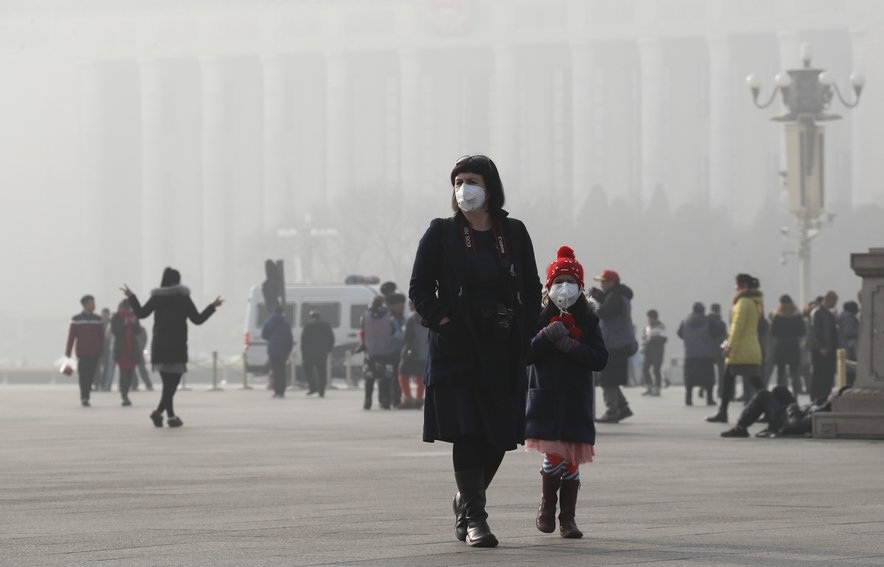
In 2013, China came up with a five-year to clean up the country’s killer air. The nation set aside $277 billion for the initiative and set key targets to reduce air pollution particularly for Beijing. The government planned to reduce air emissions by 25 percent by 2017 compared with 2012 levels in those areas. After a crackdown on polluters and a sustained period of favorable weather, the country has reportedly met its target for Beijing for 2017.
Background
Pollution is described as the introduction of contaminants into the natural environment. Pollutions often leads to adverse changes in the environment. It can be chemical substances or energy, such as noise, heat or light. Pollutants, the components of pollution, can be either foreign substances/energies or naturally occurring contaminants. Air pollution has existed dating back to prehistoric times when man created fire. However, the onset of urban pollution began with the burning of coal and wood. It was Industrial Revolution that began in the 18th century that gave birth to environmental pollution as we know it in modern times. The main kinds of pollution that have been classified are:
- Water Pollution.
- Air Pollution.
- Soil Pollution.
- Thermal Pollution.
- Radioactive Pollution.
- Noise Pollution.
- Light Pollution.
According to a World Health Organization report, 92% of the world’s population lives in places where air pollution exceeds safe limits. Many nations have established tax cuts and subsidies to promote electric vehicles. In the European Union, as of 2011, 15 member-states provided economic subsidies in varying degrees. Today, environmental pollution is the single largest cause of disease and death in low- and middle-income countries.
The Lancet Commission published a report in the Lancet that revealed that pollution results in the deaths of at least 9 million people annually. The report also notes that it also incurred economic damage of $4.6 trillion. The study found that India in particular recorded the highest number of deaths across the world due to pollution. In 2015, 2.5 million Indians died due to non-communicable diseases, including strokes and lung cancer, caused by pollution. China came second in the list having recorded 1.8 million such deaths. According to the Chinese Ministry of Health, industrial pollution has made cancer China's leading cause of death. Every year, ambient air pollution alone killed hundreds of thousands of citizens.
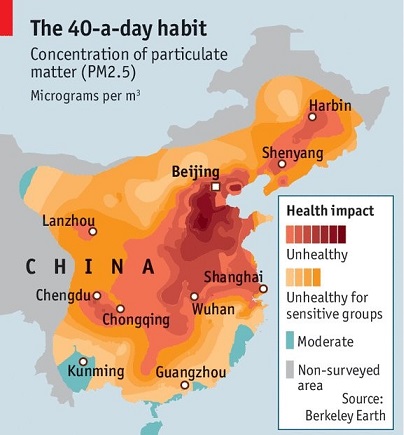
Analysis
In 2013, China came up with a five-year to clean up the country’s killer air. The nation set aside $277 billion for the initiative and set key targets to reduce air pollution particularly for Beijing. The government planned to reduce air emissions by 25 percent by 2017 compared with 2012 levels in those areas. After a crackdown on polluters and a sustained period of favorable weather, the country has reportedly met its target for Beijing for 2017.
According to the Beijing Municipal Environmental Protection Bureau, the yearly average concentrations of particulate matter dropped by 35.6% from 2012 to 2017. These concentrations have the particulate matter with a length of 2.5 microns or less and are called PM2. They can cause severe damage of a person’s lungs when they are inhaled.
In a bid to ensure that targets were being met, the city has already shuttered down 2,000 factories in the cement, foundry and furniture-making sectors. It has also aggressively gone after vehicles and has eliminated 2 million high emission vehicles from the street. Additionally, coal fired plants have also been shut down. The city was also aided by drier and windier weather conditions.
However, the region is still a long way from World Health Organization recommended levels of no more than 10 micrograms. “Current air pollutant levels remain a lot higher than the national air quality standard, indicating the improvement in air quality will still be a long-term process,” Beijing’s environment agency said.
Assessment
Our assessment is that the authorities in the region acted decisively and went forth with a number of measures in order to achieve results within a short period of time. This played a key in role in its achieving its main targets. This could work as an example for Delhi, which has struggled under crippling air pollution. Delhi is home to 20 million residents, and the city’s more than 10 million vehicles are a major contributor to the problem. Authorities must work swiftly in order to make the region safe again.


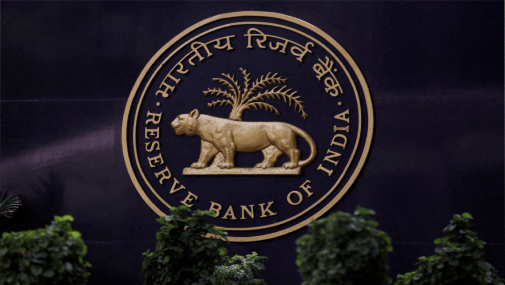
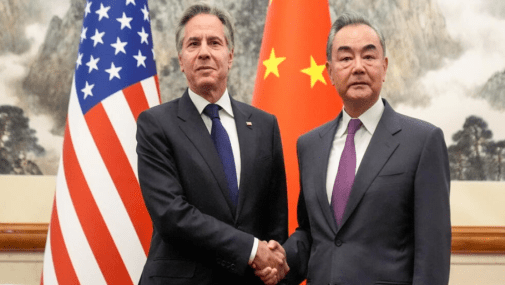

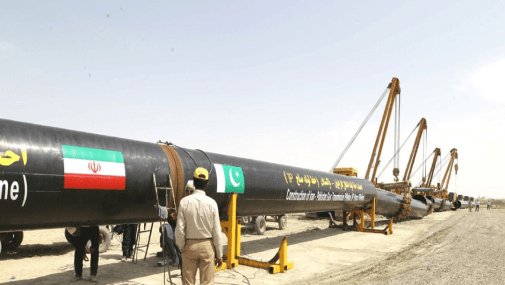
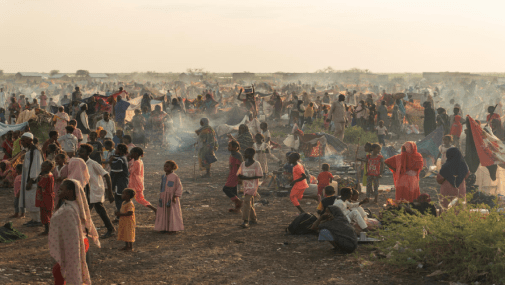

Comments